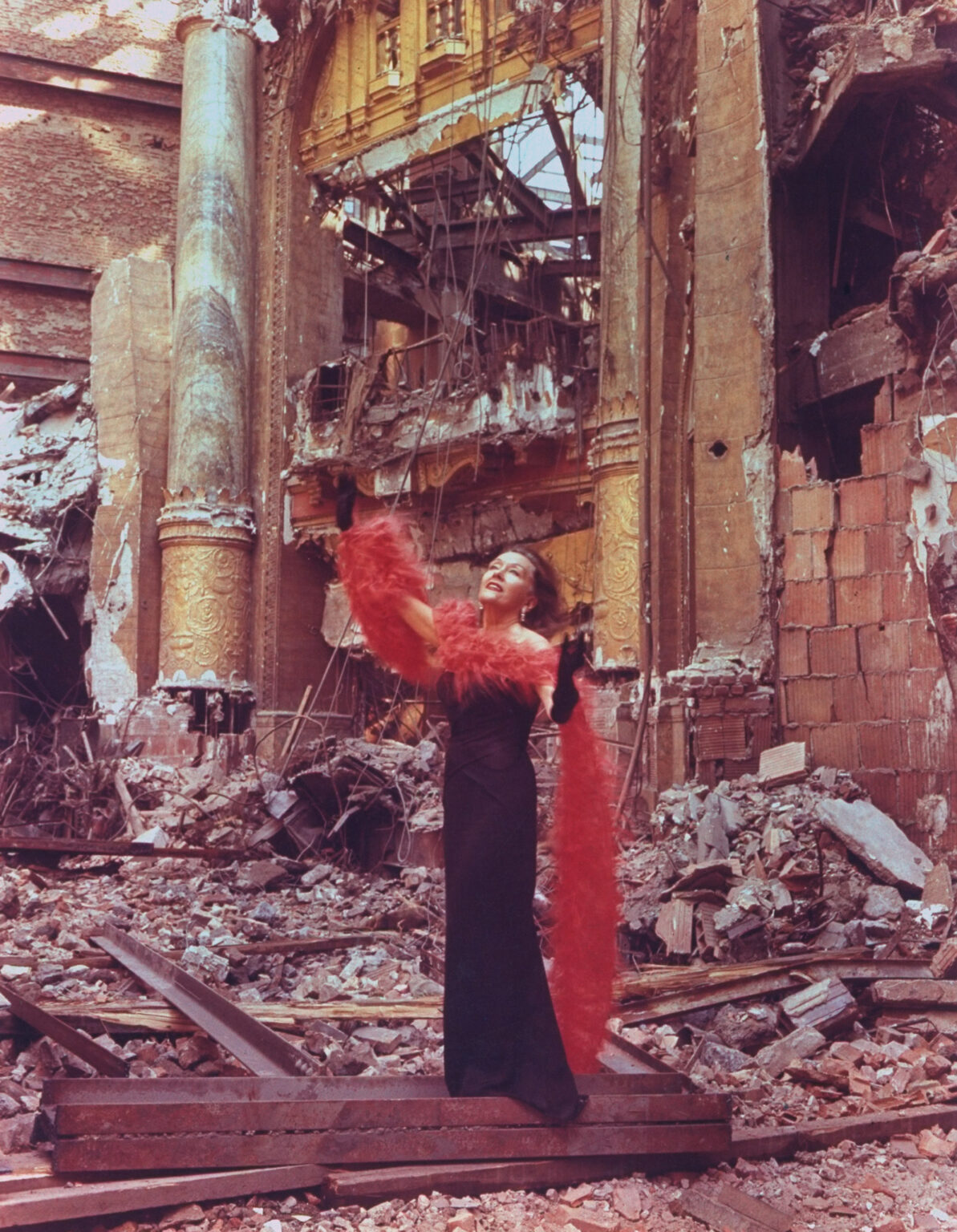Written By: Ben Cosgrove
“Sweet little Alice Van is as daredevilish a rider as ever came out of the Wild West,” LIFE informed its readers in the August 18, 1940, issue of the magazine. “Aboard a savage steer or proudly flaying a bucking bronco she has been the darling of hundreds of U.S. rodeos.”
But in late July of that year, at Tijuana’s Agua Caliente racetrack, Van “achieved new fame. Wearing borrowed silks and a pair of borrowed jockey pants (two sizes too large), she mounted a cheap claiming horse named Drum Music and rode him to victory by a nose in a revival of Agua Caliente’s famous Powder Puff Derby. Behind her as also-rans struggled six other girl jockeys on six other old nags.”
Today, at least some of the language used in that brief little feature in LIFE would be utter gibberish to the ears of the vast majority of readers. Silks? What silks? And what on earth is a “cheap claiming horse,” anyway? But in 1940, when thoroughbred horse racing was still an incredibly popular sport in the U.S., it’s a safe bet that many, and perhaps even most, of the magazine’s readers would know exactly what those phrases meant.
Here, LIFE’s Peter Stackpole offers a lighthearted look at racing back in the day, through the lens of a single race, the “Powder Puff Derby,” and half-a-dozen women jockeys, on a scorching summer afternoon at a track in Baja California, Mexico.
Oh, and by the way: “Silks” are the racing outfits worn by jockeys, featuring colors and patterns associated with a horse’s stable or owners; a “claiming horse” is a horse that can be bought or “claimed” until shortly before a race.
Liz Ronk edited this gallery for LIFE.com. Follow her on Twitter @lizabethronk.

Original caption: “Weighing in before the race the girls are understandably nervous. Alice Van (third from left) is wondering whether Drum Music, the horse she will ride is any good. Because the girls generally refuse to diet and because they average about 10 lbs. more than men jockeys, their races are usually scheduled at the high weight of 130 lbs.”
Peter Stackpole Time & Life Pictures/Shutterstock

Women jockeys in Baja California, Mexico, 1940.
Peter Stackpole Time & Life Pictures/Shutterstock

Original caption: “From balcony of jockeys’ quarters the girls and two regular jockeys watch an early program race. Most of the girls are rodeo performers, enter for the fun of it.”
Peter Stackpole Time & Life Pictures/Shutterstock

Weighing in for the Powder Puff Derby, Agua Caliente Racetrack, Mexico, 1940.
Peter Stackpole Time & Life Pictures/Shutterstock

Original caption: “Scales read 119 as Alice steps on them as jockey Martin Fallon, smoking a big cigar, leers up at her. She is a former Cheyenne ‘Frontier Days’ champion rider.”
Peter Stackpole Time & Life Pictures/Shutterstock

Alice Van and her husband/manager place bets at the track in Baja California, Mexico, 1940.
Peter Stackpole Time & Life Pictures/Shutterstock

Women jockeys in Baja California, Mexico, 1940.
Peter Stackpole Time & Life Pictures/Shutterstock

Alice’s horse, Drum Music, won the race.
Peter Stackpole Time & Life Pictures/Shutterstock

Original caption: “After race Alice poses for picture with Drum Music and Drum Music’s owner Tom Hunt, a horseman from San Ysidro, California. Hunt won $500. Alice won a wrist watch.”
Peter Stackpole Time & Life Pictures/Shutterstock

















